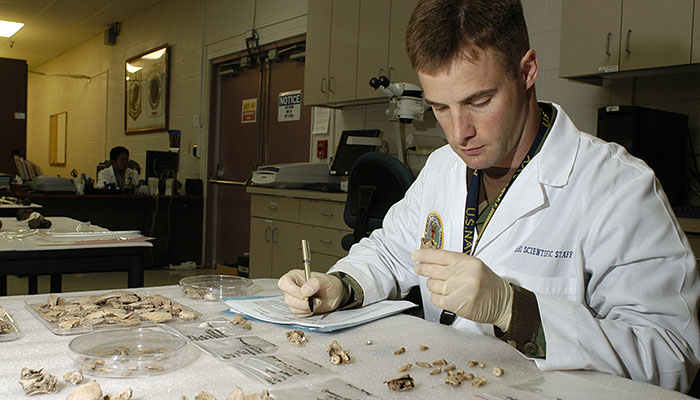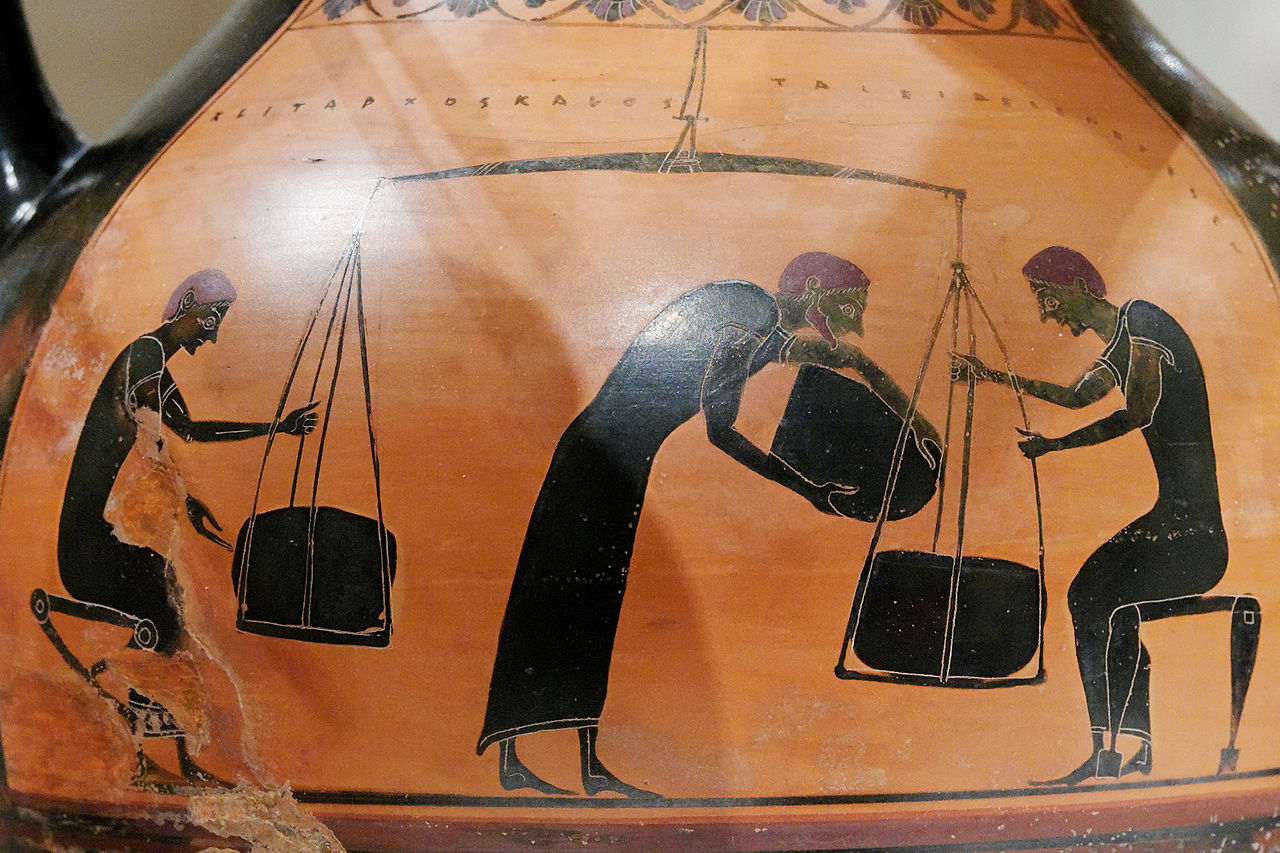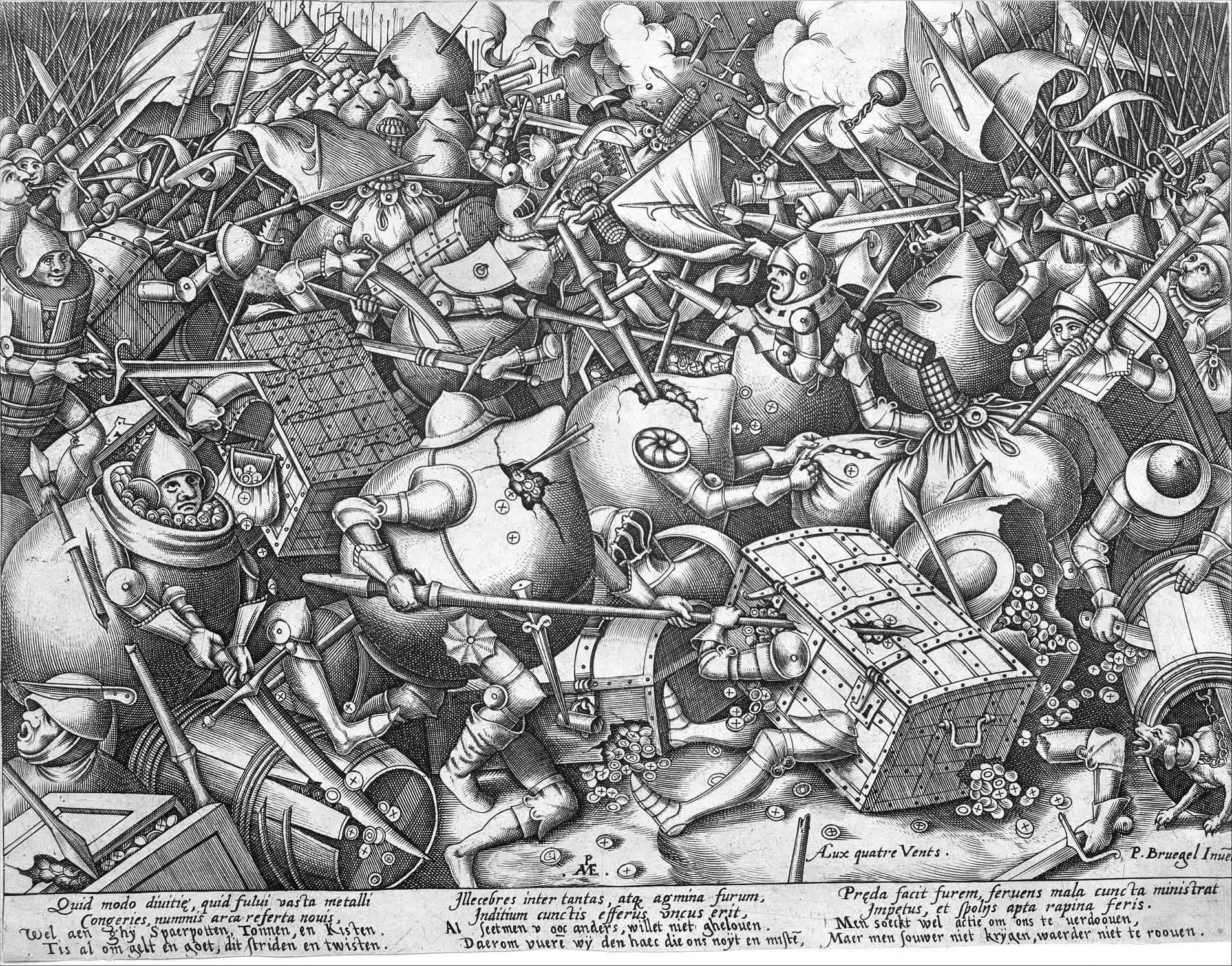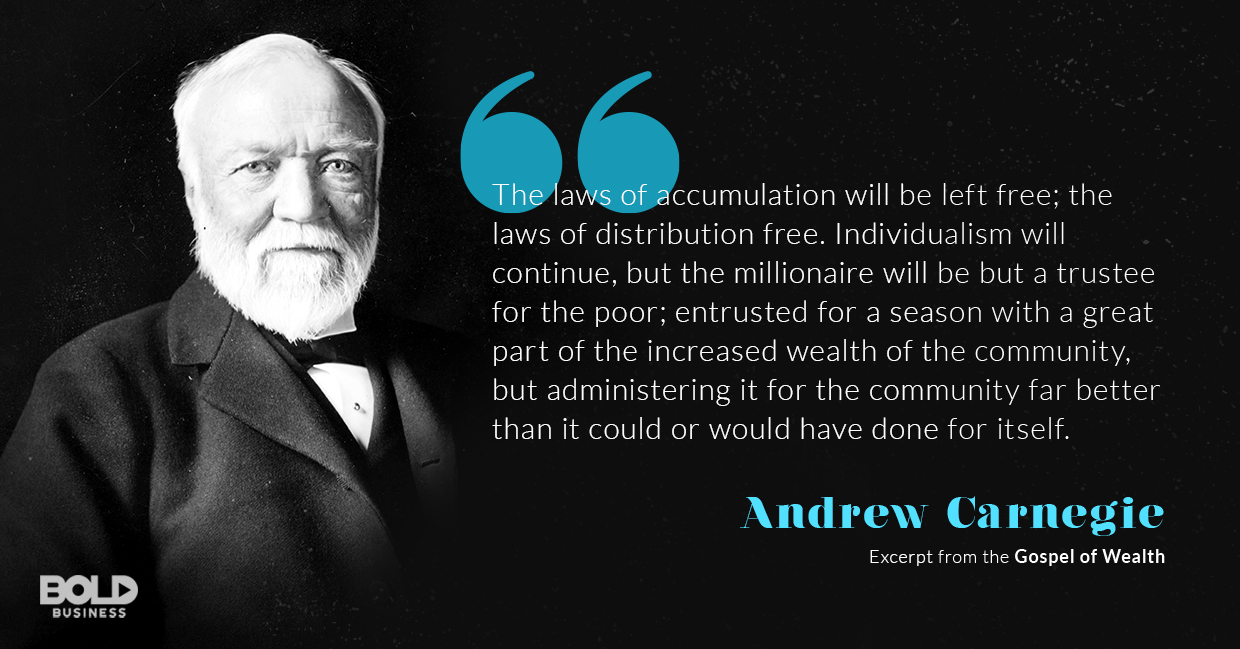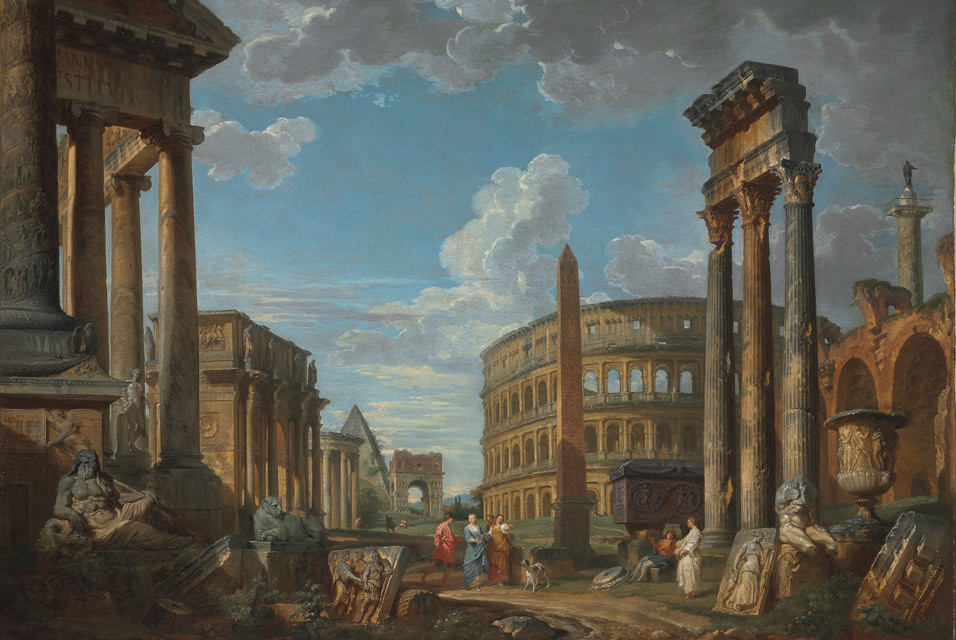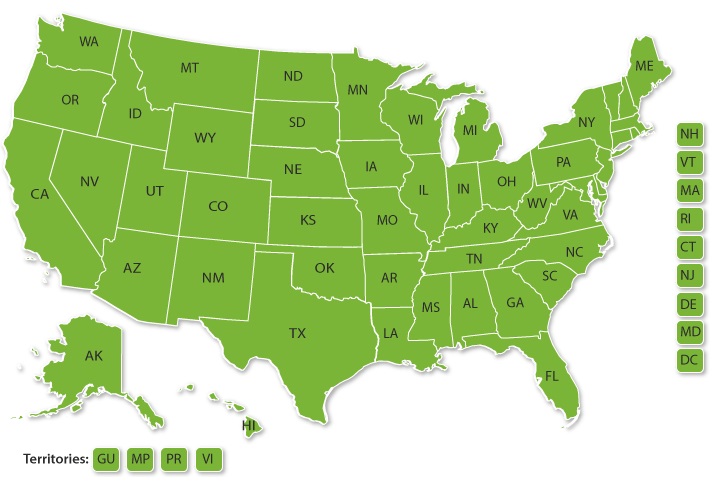Iowa State University Center for Statistics and Applications in Forensic Evidence
Standard for Interactions Between Medical Examiner, Coroner and Death Investigation Agencies
- Home Page 33

Anatomical Donation
Anatomical donation programs are supported by relatively stable best practice literature that are highly cross-referencing. The organ donation industry grows at a surprising clip and, as such, has its share of sketchy actors.
Our discussion today — at 15:00 UTC– is limited to the safety and sustainability of the support facilities for human cadavers only; with attention to the most recent construction projects.
Images:
Representative Literature:
Relevant Codes & Standards:
ASHRAE International
American Society of Mechanical Engineers
ASTM International
Clinical and Laboratory Standards Institute
International Code Council
International Building Code
International Mechanical Code
International Plumbing Code
Institute of Electrical and Electronic Engineers
National Fire Protection Association
More:
American Association for Anatomy
American Association of Tissue Banks
IEEE: Virtual Reality Application in Anatomy Education: A Bibliometric Analysis and Future Direction
Anatomy Meets Architecture: Designing New Laboratories for New Anatomists
National Donor Day: February 14
Join us today at 15:00 UTC. Use the login credentials at the upper right of our home page.
Bubble and Squeak
This content is accessible to paid subscribers. To view it please enter your password below or send mike@standardsmichigan.com a request for subscription details.
Pan Haggerty
This content is accessible to paid subscribers. To view it please enter your password below or send mike@standardsmichigan.com a request for subscription details.
Beef Wellington
This content is accessible to paid subscribers. To view it please enter your password below or send mike@standardsmichigan.com a request for subscription details.
Scaffolding & Ladders
This content is accessible to paid subscribers. To view it please enter your password below or send mike@standardsmichigan.com a request for subscription details.
Current Projects
We track action in the catalog of this consortia standards developer because we continually seek ways to avoid spending a dollar to save a dime; characteristic of an industry that is a culture more than it is a business.
While not an ANSI accredited the FASB/GASB standards setting enterprise’s due process requirements (balance, open-ness, appeal, etc.)* are “ANSI-like” and widely referenced in education enterprise management best practice. Recent action in its best practice bibliography is listed below
ACCOUNTING STANDARDS UPDATES ISSUED
For obvious reasons, we have an interest in its titles relevant to Not-For-Profit Entities
WHAT IS THE FASB NOT-FOR-PROFIT ENTITY TEAM
Inside the latest PCC meeting: a closer look at what’s shaping the Council’s current priorities. 🎥 Watch the update: https://t.co/VZ02TZwcVu
— FASB, GASB, and FAF (@FAFNorwalk) October 28, 2025
At present the non-profit titles are stable with the 2020 revision. That does not mean there is not work than can be done. Faculty and students may be interested in the FASG program linked below:
Also, the “Accounting for Environmental Credit Programs”, last updated in January, may interest colleges and universities with energy and sustainability curricula. You may track progress at the link below:
EXPOSURE DOCUMENTS OPEN FOR COMMENT
We encourage our colleagues to communicate directly with the FASB on any issue (Click here). Other titles in the FASB/GASB best practice bibliography are a standing item on our Finance colloquia; open to everyone. Use the login credentials at the upper right of our home page.
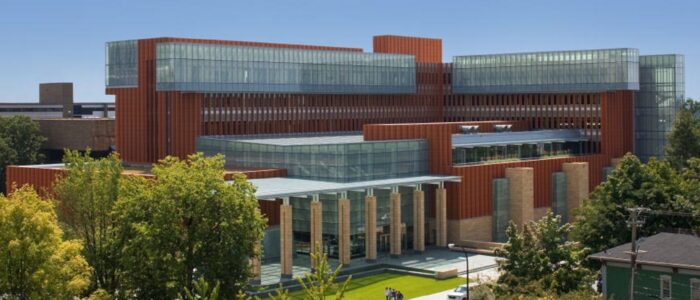
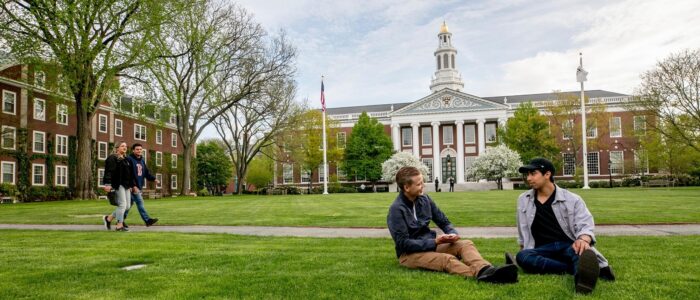
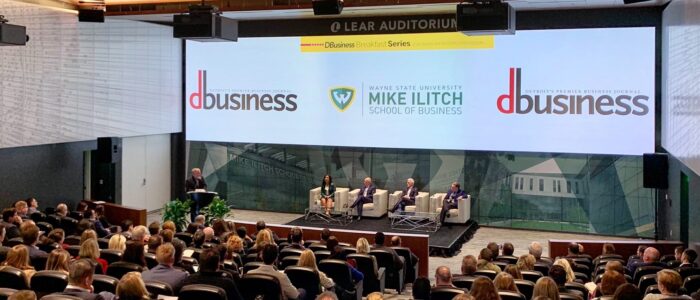

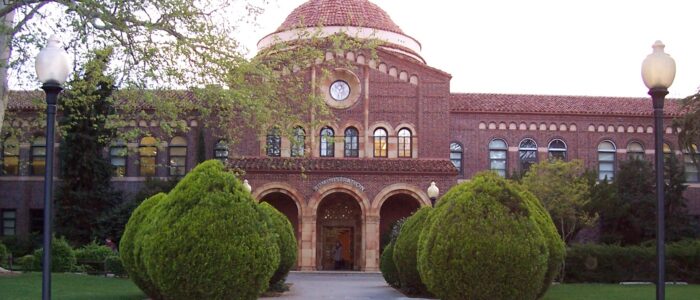
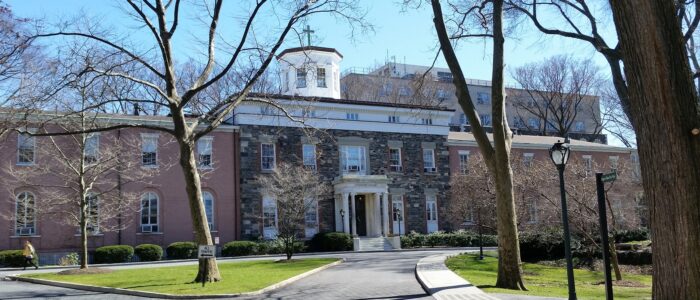
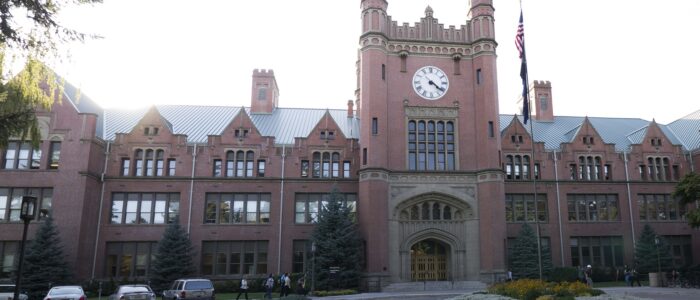
![]()
Issue: [15-190]
Category: Finance, Administration & Management, Facility Asset Management
Colleagues: Mike Anthony, Jack Janveja, Richard Robben
What do you think: Do investors need a clearer picture of non-financial donations made to not-for-profits?#FASB needs your feedback to help help the Board determine how to move forward. Share your thoughts by April 10.#giftsinkind #charitablegivinghttps://t.co/MBMhEOFUlE pic.twitter.com/o4pdMC0yXq
— FASB, GASB, and FAF (@FAFNorwalk) March 31, 2020
Carnegie Classifications
The Carnegie Classification of Institutions of Higher Education, or simply the Carnegie Classification, is the framework for classifying colleges and universities in the United States. Created in 1970, it is named after and was originally created by the Carnegie Foundation for the Advancement of Teaching, but responsibility for the Carnegie Classification was transferred to Indiana University‘s Center for Postsecondary Research, in 2014.
The framework primarily serves educational and research purposes, where it is often important to identify groups of roughly comparable institutions. The classification includes all accredited, degree-granting colleges and universities in the United States that are represented in the National Center for Education Statistics Integrated Postsecondary Education Data System.
The Carnegie Classification of Institutions of Higher Education ®
Educational Settlement Finance
The post-pandemic #WiseCampus transformation requires significant capital to meet the sustainability goals of its leadership. Campuses are cities-within-cities and are, to a fair degree, financed in a similar fashion. Tax-free bonds are an effective instrument for school districts, colleges and universities — and the host community in which they are nested — for raising capital for infrastructure projects while also providing investors with, say $10,000 to $100,000, to allocate toward a tax-free dividend income stream that produces a return in the range of 2 to 8 percent annually.
An aging population may be receptive to investment opportunities that protect their retirement savings from taxation.
Curious about the municipal bond market? Check out the MSRB’s new resource “Municipal Market Basics” to start your journey through the MSRB’s newly updated Education Center: https://t.co/BIMBxWpKGkhttps://t.co/PLhtaXzdD9 pic.twitter.com/FVARkkYZAD
— MSRB (@MSRB_News) November 28, 2023
Once a month, we walk through the prospectuses of one or two bond offerings of school districts, colleges and universities and examine offering specifics regarding infrastructure construction, operations and maintenance. We pay particular attention to details regarding “continuing operations”. Somehow the education industry has to pay for its green agenda. See our CALENDAR for the next Finance colloquium; open to everyone.
The interactive map provided by Electronic Municipal Market Access identifies state-by-state listings of tax-free bonds that contribute to the construction and operation of education facilities; some of which involved university-affiliated medical research and healthcare delivery enterprises.
If you need help cutting through this list please feel free to click in any day at 11 AM Eastern time. Use the login credentials at the upper right of our hope page. We collaborate with subject matter experts at Municipal Analytics and UBS.
Issue: [Various]
Category: Administration & Management, Finance, #SmartCampus
Colleagues: Mike Anthony, John Kaczor, Liberty Ziegahn
*We see the pandemic as a driver for a step-reduction in cost in all dimensions of education communities. We coined the term with a hashtag about two years ago.
*College and university infrastructure projects are classified with public school districts under the rubric “municipal bonds” at the moment. CLICK HERE for more information.
Good question. pic.twitter.com/FtW0eSaQs7
— Thomas Sowell Quotes (@ThomasSowell) January 27, 2025
More:
Duke Law Review: Don’t ‘Screw Joe the Plummer’: The Sausage-Making of Financial Reform
New update alert! The 2022 update to the Trademark Assignment Dataset is now available online. Find 1.29 million trademark assignments, involving 2.28 million unique trademark properties issued by the USPTO between March 1952 and January 2023: https://t.co/njrDAbSpwB pic.twitter.com/GkAXrHoQ9T
— USPTO (@uspto) July 13, 2023
Standards Michigan Group, LLC
2723 South State Street | Suite 150
Ann Arbor, MI 48104 USA
888-746-3670


